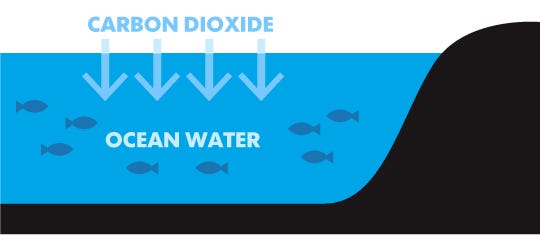

The oceans also exchange carbon with the atmosphere by absorbing carbon, which then sinks as it cools. For example, animals exhale carbon dioxide when they breathe and release carbon dioxide when they decompose. Other organisms also release carbon dioxide as they live and die. Plants and the soil then release carbon dioxide when they decay. Plants absorb carbon dioxide during photosynthesis and much of this carbon dioxide is then stored in roots, permafrost, grasslands, and forests. Plants constantly exchange carbon with the atmosphere. Scientists use the term “carbon sinks” to refer to places where carbon is stored away from the atmosphere. The rest is in the ocean, atmosphere, and in living organisms. Most carbon on Earth is stored in rocks and sediments. This means the Earth does not gain or lose carbon. Carbon in the form of carbon dioxide (CO 2) is also an important part of our atmosphere, where it helps to control the Earth’s temperature.īecause only a tiny number of atoms reach the Earth from space, our planet is called a closed system. With its ability to form complex molecules such as DNA and proteins, carbon makes life on Earth possible. Carbon is the fourth most abundant element in the universe.

The carbon cycle is the process that moves carbon between plants, animals, and microbes minerals in the earth and the atmosphere.


 0 kommentar(er)
0 kommentar(er)
